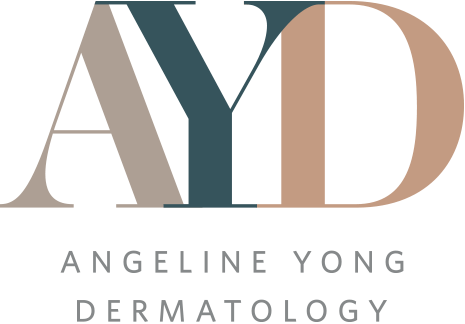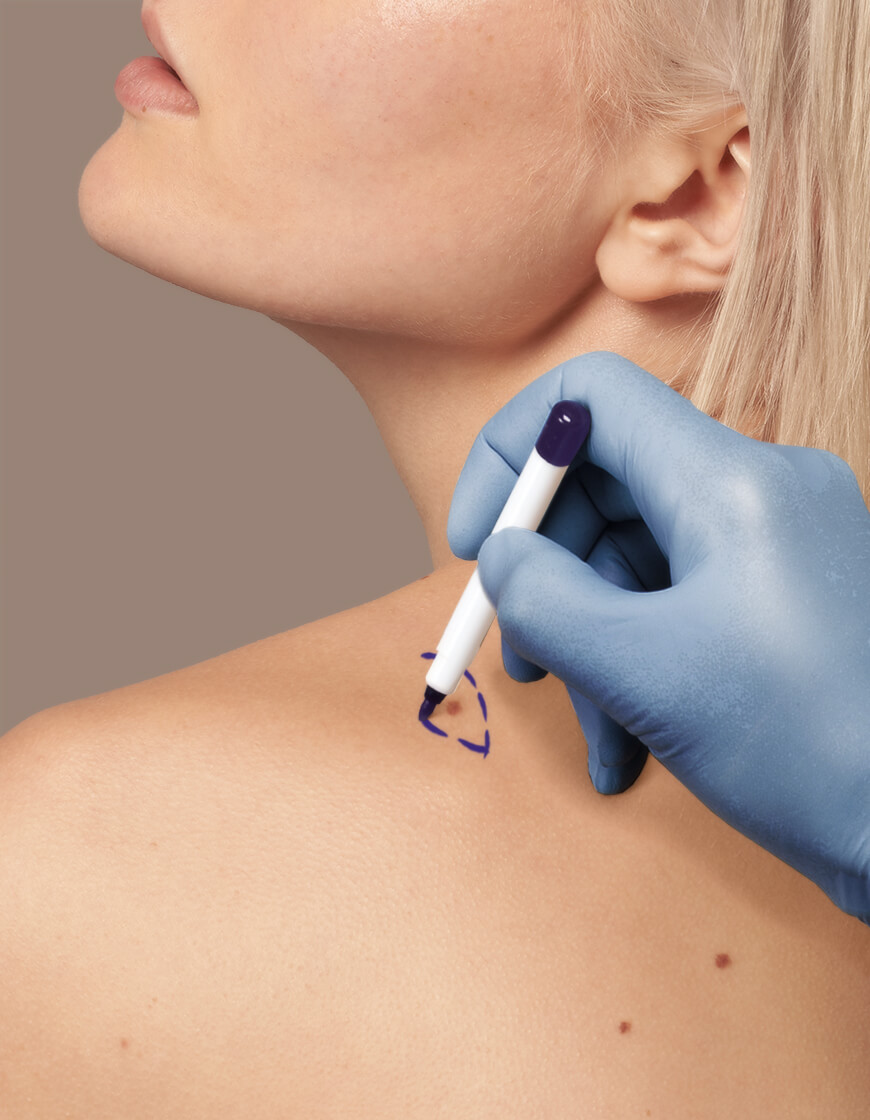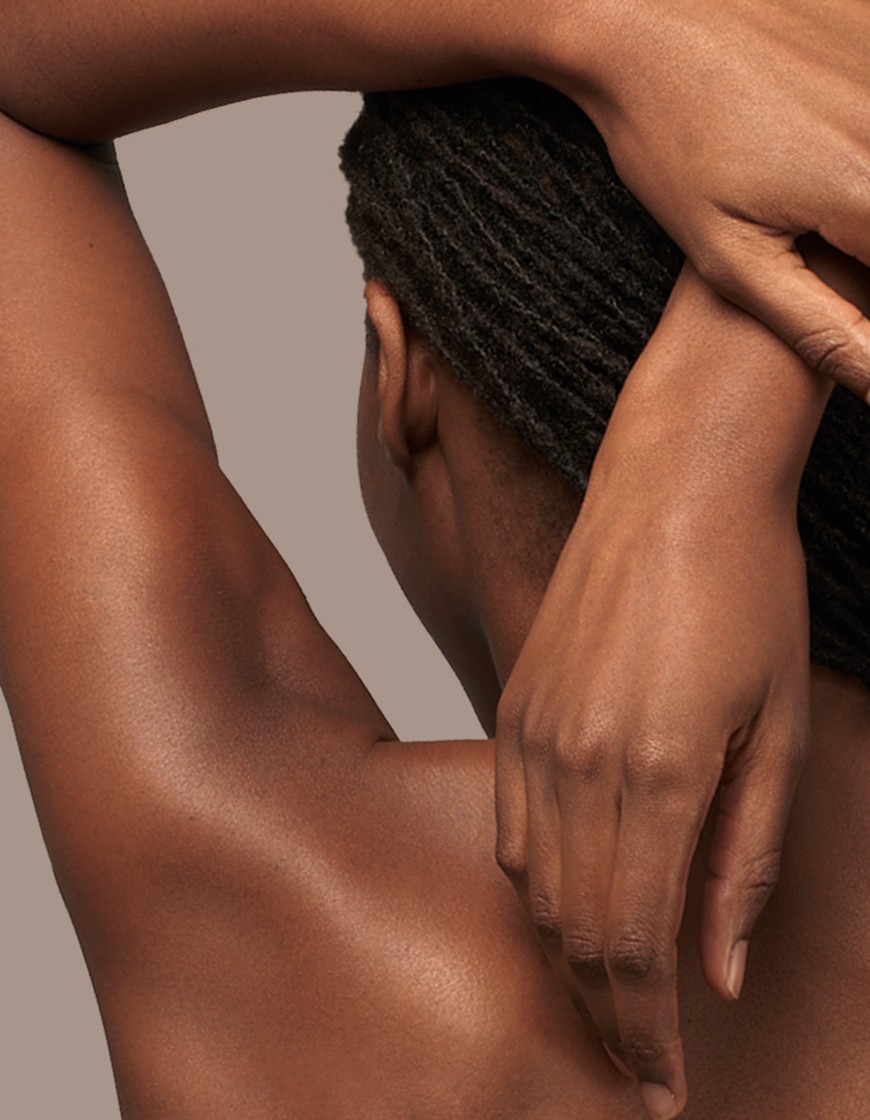Learning you have a health condition of the scalp, hair, or nails may be painful and at times embarrassing. These conditions can have many causes. Some are genetic, while others stem from autoimmune problems. The most common hair and nail conditions include psoriasis, eczema, hair loss, fungal or bacterial infections as well as nail splitting or cracking. Immediate diagnosis and treatment can positively impact the overall health of your hair and nails. If you are noticing any problems it is important to consult a dermatologist and seek accurate, medically proven treatment.
Dr Angeline Yong is a dermatologist and dermatological surgeon whose clinical interest is in hair and nail disorders. She was an integral member of the hair and nail subspecialty unit, and the founding consultant and lead of the hair transplantation service at the National Skin Centre prior to leaving for private practice. Explore the links below to learn more about some of the most common conditions affecting the hair and nail.
ANDROGENETIC ALOPECIA
FEMALE PATTERN HAIR LOSS (FPHL)
Female pattern hair loss (FPHL) is a common form of hair loss in women that is linked to Androgenetic Alopecia. By the age of 50, nearly 40% of women experience noticeable hair loss, and less than 45% of women maintain a full head of hair by the time they reach 80.
In FPHL, hair thins across the scalp, caused by either increased shedding, reduced hair volume, or both. It is normal to lose between 50 to 100 strands of hair daily, but chronic conditions like telogen effluvium can also lead to excessive hair shedding. It’s vital to distinguish between these two, as their treatments differ.
FPHL looks different from male-pattern baldness, which typically starts with a receding hairline and progresses to a bald patch on the top of the head. Women rarely experience this pattern unless there is an abnormal production of androgens. In FPHL, thinning is more generalized rather than focused on specific areas.
The condition has a strong genetic predisposition, inherited from either or both parents, and involves multiple genes. Though the exact role of oestrogen in FPHL remains unclear, the fact that hair loss is more common post-menopause suggests oestrogen may play a role in promoting hair growth.
Treatment options for FPHL
One effective treatment for FPHL is minoxidil, as supported by a 2012 Cochrane systematic review. Minoxidil is available in both 2% and 5% solutions, though the stronger formula may cause scalp irritation or unwanted hair growth in other areas. Hormonal treatments, such as spironolactone, cyproterone acetate, and finasteride, can also block androgen effects, helping to reduce hair loss and improve hair density.
It’s recommended to continue treatments for at least six months to see visible results, and long-term usage is often recommended to maintain the benefits. Other aesthetic solutions include using coloured hair sprays, hair bulking fibre powder, and wigs to camouflage thinning areas.
Hair transplantation is another viable option, but it’s essential to consult a dermatologist experienced in medical hair loss management to ensure the right treatment plan. A comprehensive evaluation is necessary before undergoing any form of surgery, as incorrect diagnoses may worsen certain conditions.
According to studies, low-level laser therapy is considered a successful option for improving androgenetic alopecia. Platelet-rich plasma (PRP) injections are being studied as treatments for Androgenetic Alopecia, though not yet approved for hair loss treatment in Singapore.
On the other hand, treating conditions like alopecia areata in Singapore requires expert consultation. Hair loss specialists in Singapore often recommend targeted therapies for alopecia areata, a condition in which the immune system attacks hair follicles, leading to bald patches. There are several approaches for alopecia treatments, including topical medications, corticosteroids, and immunotherapy. Early diagnosis is key to effective management of alopecia areata, and finding an experienced dermatologist is crucial.
MALE-PATTERN HAIR LOSS
Male-pattern hair loss, the most common form of baldness in men, is also tied to Androgenetic Alopecia. It typically begins with a receding hairline, followed by hair loss at the top and front of the scalp. This form of hair loss results from a sensitivity to dihydrotestosterone (DHT), which shortens the hair’s growth cycle from a usual duration of between three to six years to just weeks or months, eventually leading to fewer and finer hairs. An enzyme called 5-alpha reductase regulates the production of DHT.
Genetics play a significant role in male-pattern hair loss, with multiple genes inherited from both parents contributing to the condition. At this time, genetic testing for prediction of balding is unreliable. As with female hair loss, consulting a dermatologist is essential for accurate diagnosis and treatment.
Current androgenetic alopecia treatments include:
- Minoxidil solution
- Finasteride tablets
- Dutasteride tablets
- Low-level laser therapy
- Hair transplantation surgery
- Cosmetics
- Micropigmentation (tattoo) to resemble shaven scalp
- Hairpieces
To learn more about the differences between female and male-pattern hair loss, watch this informative video below:

Before deciding on treatment options, a thorough assessment by a dermatologist specializing in hair disorders is essential. Dr. Angeline Yong is a dermatologist and dermatological surgeon whose subspecialty interests include hair disorders like alopecia areata in Singapore, as well as hair transplantation. She was the founding consultant and lead of the hair transplant service at the National Skin Centre prior to her private practice, offering a deep understanding of alopecia treatments.
For androgenetic alopecia treatments, consult a dermatologist to explore the best options for your condition.
